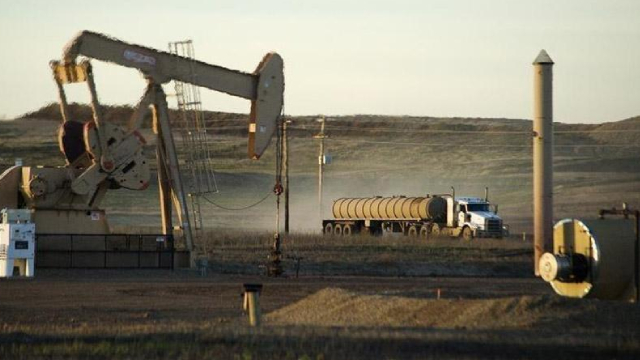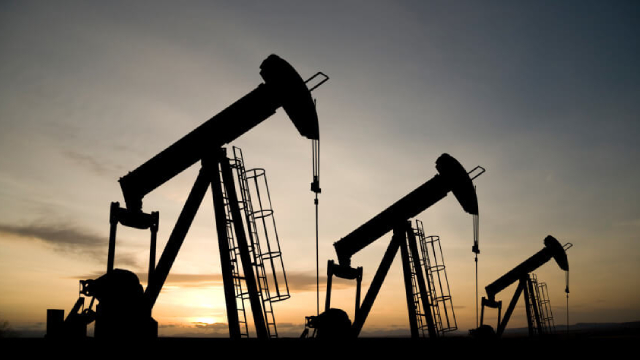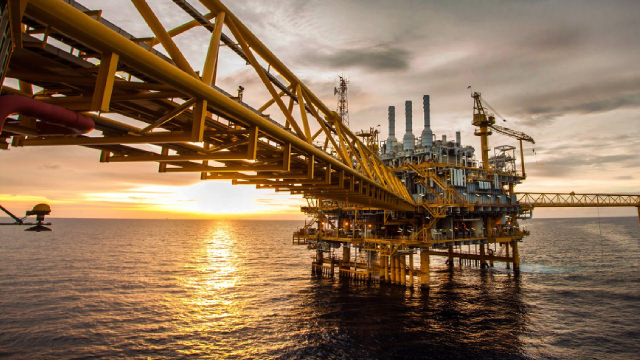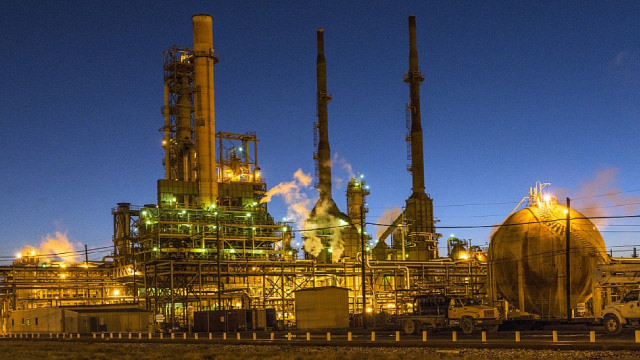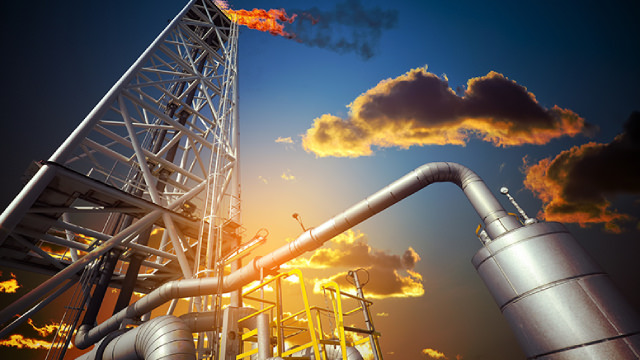LB Stock Recent News
LB LATEST HEADLINES
AI is transforming markets faster than most people realize. Ignoring it could mean missing once-in-a-generation opportunities. I see energy, water, and infrastructure coming together in ways few are paying attention to, potentially creating a powerful growth story. Momentum is building, and the thesis I've been focused on is unfolding now. I believe its long-term potential is hard to overstate.
Laurentian Bank of Canada (OTCPK:LRCDF) Q3 2025 Earnings Conference Call August 29, 2025 9:00 AM ET Company Participants Christian De Broux - Chief Risk Officer Eric Provost - President, CEO & Director Raphael Ambeault - Investor Relation Officer Yvan Deschamps - Chief Financial Officer Conference Call Participants Paul David Holden - CIBC Capital Markets, Research Division Sohrab Movahedi - BMO Capital Markets Equity Research Stephen Boland - Raymond James Ltd., Research Division Operator Welcome to the Laurentian Bank Quarterly Financial Results Call.
Energy is the most unloved and undervalued S&P 500 sector, offering significant contrarian opportunity for income and capital gains. Smart money is quietly accumulating energy stocks despite recent underperformance, as current oil prices are unsustainable for producers and OPEC. Royalty companies like Viper Energy and Kimbell Royalty Partners, as well as Canadian producers (among others), offer high yields and strong long-term fundamentals.
I believe we're in a "higher for longer" inflation era, shaping my portfolio to capitalize on cyclical growth and beat the market with prudent, long-term investments. Rising inflation signals a shift; I see the new administration using it to boost nominal GDP, easing debt, and fueling economic resilience, which guides my strategy. My thesis focuses on cyclical stocks to thrive in this environment, ensuring strong returns with wide-moat companies.
I see a paradigm shift: policymakers now prioritize growth over inflation control, targeting 4% inflation and high-single digit GDP growth, reshaping markets. My thesis, born post-pandemic, notes vanishing low-inflation tailwinds. Sticky prices and core services inflation signal a new, tougher inflation regime. I'm betting on cyclical growth, positioning my portfolio for a potential upswing. Green shoots in manufacturing suggest a recovery, promising potentially big gains.
HOUSTON--(BUSINESS WIRE)--LandBridge Company LLC (NYSE: LB) (“LandBridge”) today announced the dual listing of its Class A shares representing limited liability company interests in the Company on NYSE Texas, Inc. (“NYSE Texas”), the newly-launched, fully electronic equities exchange headquartered in Dallas, Texas. LandBridge will maintain its primary listing on the New York Stock Exchange and continue to trade under the same ticker symbol, “LB,” on NYSE Texas, effective August 15, 2025. Jason.
Energy stocks are deeply hated and out of favor, with prices low and investors fleeing, creating rare opportunities for savvy, patient buyers. The sector's challenges are cyclical and tied to economic growth indicators. When the cycle turns, energy's upside could be powerful and long-lasting. I focus on capital-light, resilient companies that thrive despite volatility, aiming to collect steady dividends while waiting for the cycle to flip.
LandBridge Company LLC (LB) Q2 2025 Earnings Call Transcript
LandBridge is a unique, high-margin Permian land play, benefiting from water management and infrastructure demand with minimal CapEx requirements. Recent volatility and guidance cut are short-term noise; long-term value drivers like water bottlenecks and data center potential remain intact. Key deals with Devon Energy and IPPs, plus regulatory tailwinds, reinforce LandBridge's strategic advantage and future growth runway.
HOUSTON--(BUSINESS WIRE)--LandBridge Company LLC (NYSE: LB) (the “Company,” “LandBridge”) today announced its financial and operating results for the second quarter ended June 30, 2025. Second Quarter 2025 Financial Highlights Revenues of $47.5 million, up 83% year-over-year and 8% quarter-over-quarter Net income of $18.5 million(1) Net income margin of 39%(1) Adjusted EBITDA(2) of $42.5 million, up 81% year-over-year and 9% quarter-over-quarter Adjusted EBITDA Margin(2) of 89% Cash flows from.


